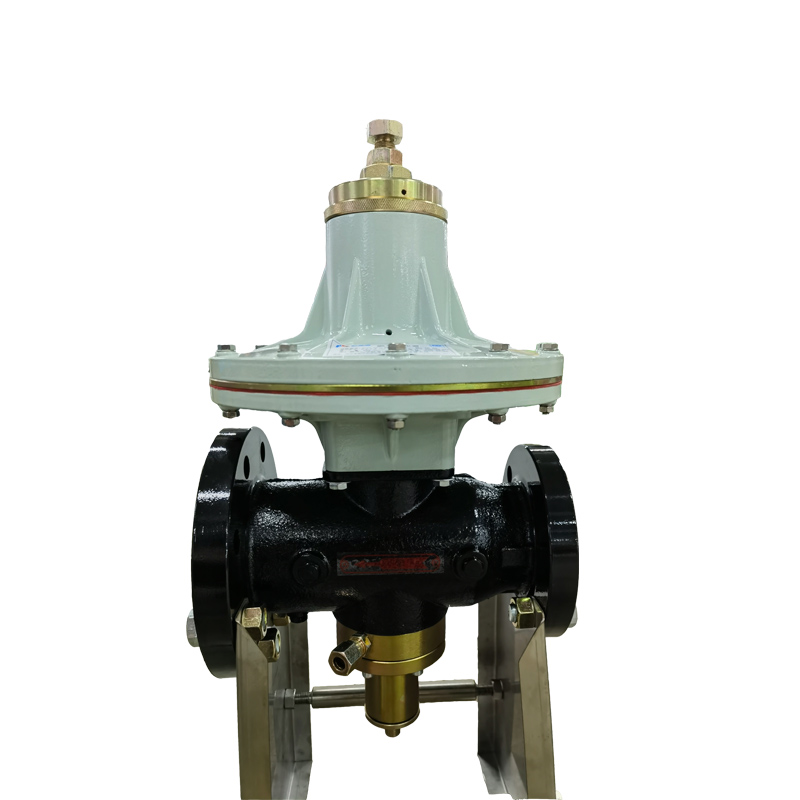
Dec . 20, 2024 10:09
Back to list
gas pressure reducer
Understanding Gas Pressure Reducers Functionality and Applications
Gas pressure reducers, often referred to as pressure regulators, play a crucial role in various industrial, commercial, and residential applications. These devices are designed to control and reduce the pressure of gas, ensuring it remains at a levels suitable for safe and efficient operation of connected equipment. This article explores the functionality of gas pressure reducers, their components, types, applications, and the importance of proper maintenance.
How Gas Pressure Reducers Work
At their core, gas pressure reducers serve to decrease the pressure of gas from a high-pressure source to a lower, more usable level. They operate on the principle of balancing the input and output pressures through a mechanical process. When high-pressure gas enters the reducer, a diaphragm, typically located inside the unit, responds to the changes in pressure. As the diaphragm moves, it adjusts the flow of gas, allowing only the desired pressure to pass through to the downstream equipment.
A key feature of gas pressure reducers is their ability to maintain a stable output pressure despite fluctuations in the input pressure or variations in gas flow. This is accomplished through the use of a spring-loaded mechanism, where the force exerted by the spring opposes the diaphragm movement, thus ensuring a consistent output pressure.
Components of a Gas Pressure Reducer
A typical gas pressure reducer consists of several essential components
1. Inlet and Outlet Ports These allow the high-pressure gas to enter the reducer and the regulated gas to flow out to the application.
2. Diaphragm This flexible component responds to pressure changes and controls the gas flow based on the set pressure.
3. Adjustable Spring The tension of this spring can be adjusted to set the desired outlet pressure.
4. Body and Bonnet The casing that houses the internal components, providing structural integrity and protection.
Types of Gas Pressure Reducers
There are several types of gas pressure reducers, each suited for specific applications
1. Single-Stage Reducers These are typically used in applications with relatively constant input pressure. They provide a straightforward reduction in pressure suitable for many basic applications.
gas pressure reducer

2. Two-Stage Reducers Designed for applications where input pressure can vary widely, two-stage reducers offer greater precision and stability. The first stage reduces the pressure to an intermediate level, while the second stage fine-tunes it to the desired output.
3. High-Pressure Reducers These are specifically engineered to handle and regulate high-pressure gas sources, ensuring safe use in demanding environments.
4. Adjustable Reducers Offering the ability to set and modify output pressure, adjustable reducers provide flexibility for various applications.
Applications of Gas Pressure Reducers
Gas pressure reducers are employed across a wide range of industries and applications
- Industrial Manufacturing Used to control gas supplies in welding, cutting, and other fabrication processes.
- HVAC Systems Ensuring that gases, such as natural gas and propane, are delivered at safe and efficient pressures for heating and cooling.
- Laboratories Providing accurate pressure control for experiments that require specific gas conditions.
- Medical Facilities Used in gas delivery systems for oxygen and other medical gases, ensuring patient safety.
- Food and Beverage Industry Regulating gases in processes like carbonation, packaging, and preservation.
Importance of Maintenance
To ensure reliable performance, regular maintenance of gas pressure reducers is essential. This includes checking for leaks, ensuring that diaphragms and springs are functioning correctly, and verifying that pressure settings are accurate. Improperly maintained reducers can lead to dangerous situations, including gas leaks, pressure spikes, or equipment malfunction.
Conclusion
Gas pressure reducers are indispensable components in a wide range of applications, enabling safe and efficient gas usage. Understanding their functionality, types, and maintenance needs is vital for anyone involved in industries that depend heavily on gas applications. As technology advances, the designs of these devices continue to evolve, offering improved safety features and performance, further solidifying their role in modern engineering and operations.
Next:
Latest news
-
Safety Valve Spring-Loaded Design Overpressure ProtectionNewsJul.25,2025
-
Precision Voltage Regulator AC5 Accuracy Grade PerformanceNewsJul.25,2025
-
Natural Gas Pressure Regulating Skid Industrial Pipeline ApplicationsNewsJul.25,2025
-
Natural Gas Filter Stainless Steel Mesh Element DesignNewsJul.25,2025
-
Gas Pressure Regulator Valve Direct-Acting Spring-Loaded DesignNewsJul.25,2025
-
Decompression Equipment Multi-Stage Heat Exchange System DesignNewsJul.25,2025

